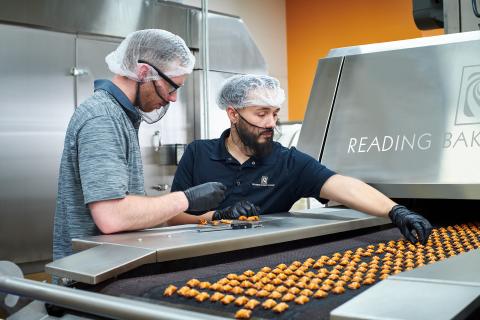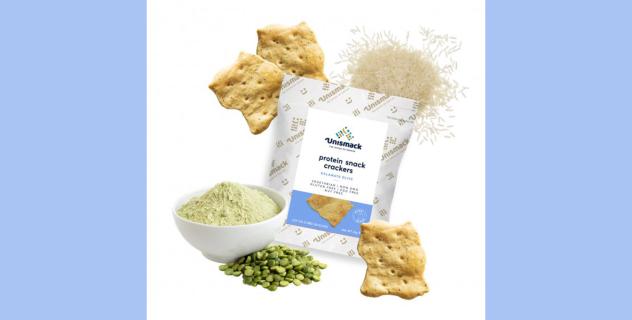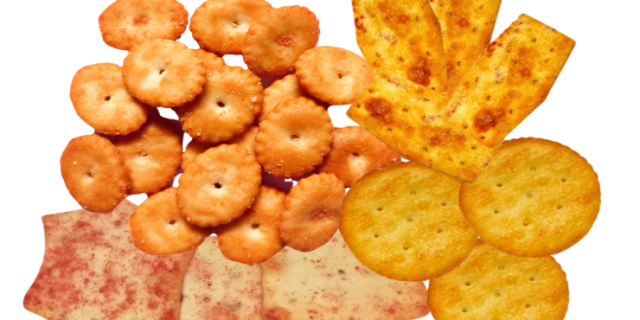Graham Crackers on a rotary - Does anyone have any tips for breakage of these crackers?
Hello everyone,
I am currently involved in an R and D project where we are attempting to make Graham crackers of two different sizes on a rotary, rather than sheeting. To enable the dough to run on the rotary I've had to decrease the hydration of the dough and I've also lowered the mixing time to a point where the dough is not really being developed. I'm getting crackers that are visually pleasing but are hard to the bite and also rather brittle. The breakage of these crackers is my main concern. I am wondering if anyone has any tips other than developing the gluten further as the mold will not fill out when I do that. I am interested if there are possibly enzymes that could help in this situation. Any ideas or suggestions would be greatly appreciated. Thank you for your time.


RBS hosts its first Pretzel Training Seminar on February 3-4, 2026, offering hands-on learning on ingredient selection, mixing, baking, and optimizati...

Protein snack cracker is a crispy, plant-based 20% protein snack, a protein-rich alternative to conventional snacks for consumers looking for a fulfil...

In recent years, there has been a growing demand for healthy, gluten-free snacks in the food industry. One innovative approach to meeting this demand...

Effective partnerships will therefore remain essential in addressing these new challenges in order to deliver the next generation of high technology s...

RBS has introduced a new ambient cooling conveyor that efficiently cools crackers before entering packaging in a more compact footprint.











The score is based on the number of created courses at BPA (150 points per course), the number of the lectures given at BPC (100 points per lecture), published articles (20 points for every approved article in Our Experts category ), number of resolved questions (10 points for every resolved question) and the number of asked questions (5 points for every asked question). The list is showing only top 10 biscuit industry experts.



